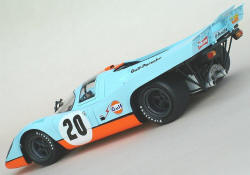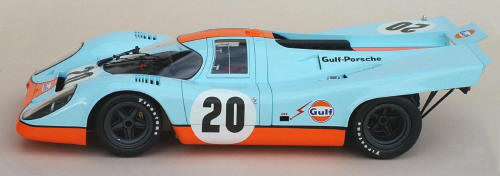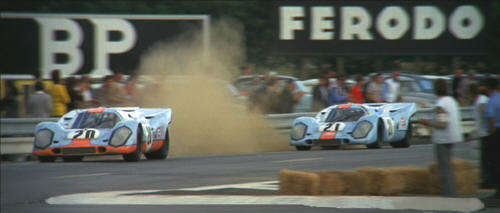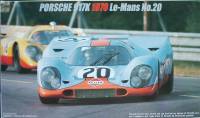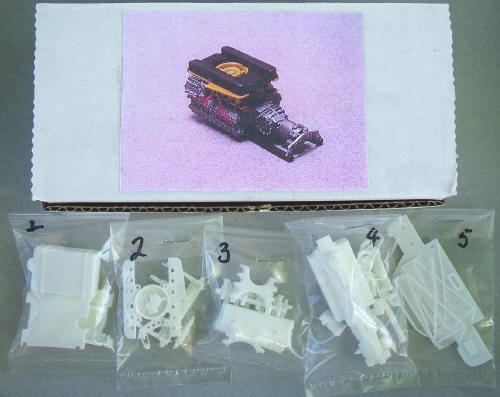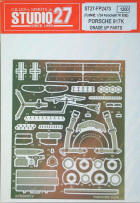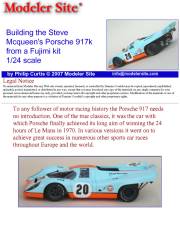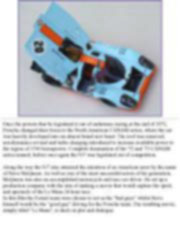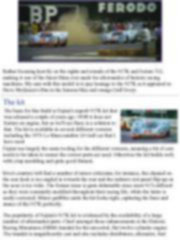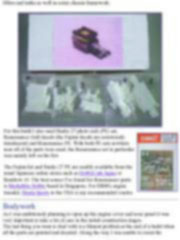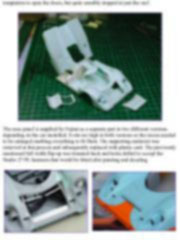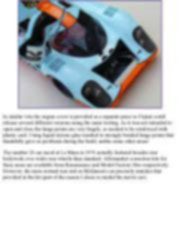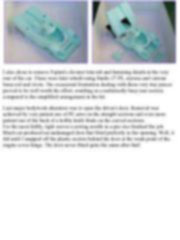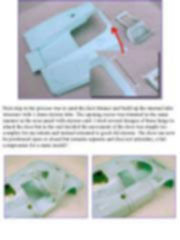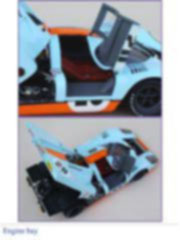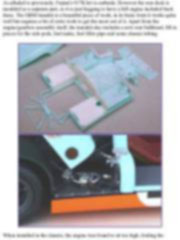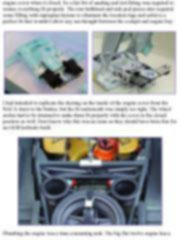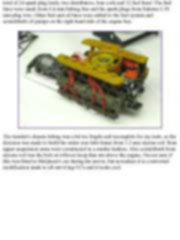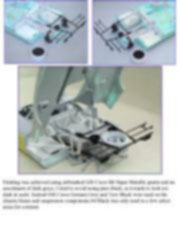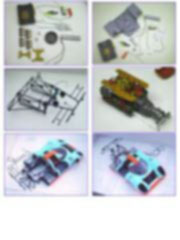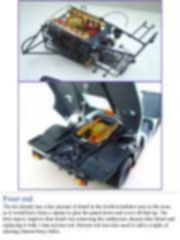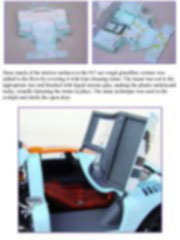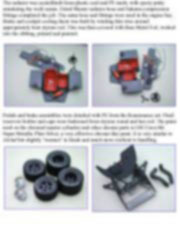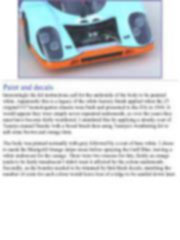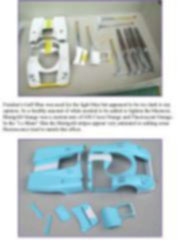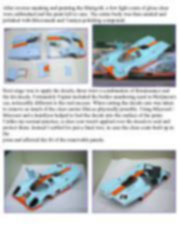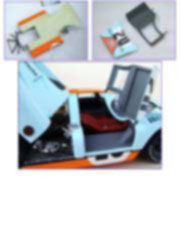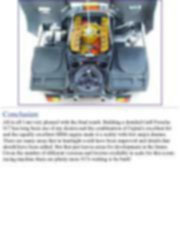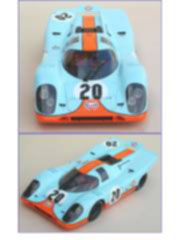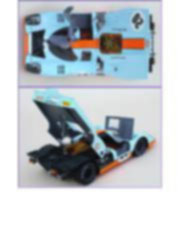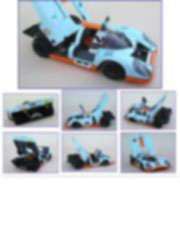|
Cars |
|
||||||||||||||||||||||||||||||||||||
|
Building the Steve Mcqueen's Porsche 917k from a Fujimi kit 1/24 scale |
|||||||||||||||||||||||||||||||||||||
|
by Philip Curtis © 2007 Modeler Site |
|||||||||||||||||||||||||||||||||||||
|
Legal Notice No material from Modeler Site any Web site owned, operated, licensed, or controlled by Damian Covalski may be copied, reproduced, republished, uploaded, posted, transmitted, or distributed in any way, except that you may download one copy of the materials on any single computer for your personal, non-commercial home use only, provided you keep intact all copyright and other proprietary notices. Modification of the materials or use of the materials for any other purpose is a violation of Damian Covalski's copyright and other proprietary rights. Read More here > Legal notice To any follower of motor racing history the Porsche 917 needs no introduction. One of the true classics, it was the car with which Porsche finally achieved its long aim of winning the 24 hours of Le Mans in 1970. In various versions it went on to achieve great success in numerous other sports car races throughout Europe and the world.
Once the powers that be legislated it out of endurance racing at the end of 1971, Porsche changed their focus to the North American CANAM series, where the car was heavily developed into an almost brand new beast. The roof was removed, aerodynamics revised and turbo charging introduced to increase available power to the region of 1500 horsepower. Complete domination of the '72 and '73 CANAM series ensued, before once again the 917 was legislated out of competition. Along the way the 917 also attracted the attention of an American actor by the name of Steve McQueen. As well as one of the most successful actors of his generation, McQueen was also an accomplished motorcycle and race car driver. He set up a production company with the aim of making a movie that would capture the spirit, and spectacle of the Le Mans 24 hour race.
Rather focusing heavily on the sights and sounds of the 917K and Ferrari 512, making it one of the finest films ever made for aficionados of historic racing machines. My aim with this model is to pay homage to the 917K as it appeared in Steve McQueen's film in the famous blue and orange Gulf livery. The kit
Fujimi use largely the same tooling for the different versions, meaning a bit of care needs to be taken to ensure the correct parts are used. Otherwise the kit builds well, with crisp moulding and quite good fitment. Rivet counters will find a number of minor criticisms, for instance, the channel on the rear deck is too angled in towards the rear and the radiator exit panel flip-up on the nose is too wide. The former issue is quite debateable since most 917s differed as they were constantly modified throughout their racing life, while the latter is easily corrected. Minor quibbles aside the kit looks right, capturing the lines and stance of the 917K perfectly. The popularity of Fujimi's 917K kit is evidenced by the availability of a large number of aftermarket parts. Chief amongst these enhancements is the Historic Racing Miniatures (HRM) transkit for the aircooled, flat twelve cylinder engine. The transkit is magnificently cast and also includes distributors, alternator, fuel fillers and tanks as well as some chassis framework.
This tutorial is offered in PDF format to be read or printed using Acrobat reader, contact our webmaster > Here Includes more than 63 pics, here we show only the text pages.
Esta Nota es ofrecida en formato PDF, el cual puede ser leído o impreso usando el Acrobat reader, contacte a nuestro webmaster > Aquí Incluye más de 63 imágenes, aquí solo mostramos las paginas de texto.
Big size photos are only available in our PDF format. Support us ordering our notes in PDF > Here |
|||||||||||||||||||||||||||||||||||||

